All cities are mad: but the madness is gallant. All cities are beautiful: but the beauty is grim
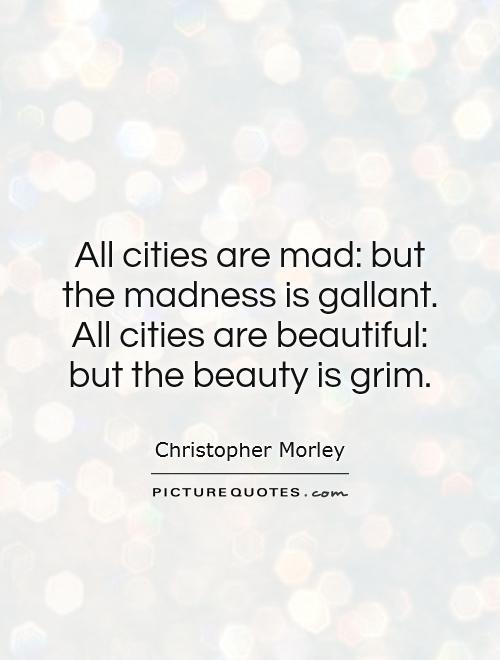
All cities are mad: but the madness is gallant. All cities are beautiful: but the beauty is grim
Christopher Morley, a prolific American writer, once said, “All cities are mad: but the madness is gallant. All cities are beautiful: but the beauty is grim.” These words encapsulate the complex and contradictory nature of urban life, highlighting the dichotomy between the chaos and allure that define cities.When Morley speaks of the madness of cities, he is referring to the frenetic energy, the constant movement, and the overwhelming sensory overload that can be found in urban environments. Cities are bustling hubs of activity, where people from all walks of life come together in a cacophony of sights, sounds, and experiences. The pace of life in a city can be dizzying, with the never-ending rush of traffic, the crowded sidewalks, and the constant hum of activity creating a sense of chaos and disorientation.
However, Morley also suggests that this madness is gallant, implying that there is a certain nobility and grandeur in the chaos of cities. The frenzied energy of urban life can be exhilarating and invigorating, drawing people in with its promise of excitement and opportunity. The madness of cities can inspire creativity, innovation, and a sense of possibility that is unique to urban environments.
On the other hand, Morley also acknowledges the beauty of cities, but he describes it as grim. This suggests that the beauty of cities is not always obvious or easily accessible, but rather hidden beneath the surface, waiting to be discovered. The beauty of cities can be found in the architectural marvels, the cultural diversity, and the rich history that is woven into the fabric of urban life. However, this beauty can also be tinged with a sense of melancholy or decay, as cities grapple with issues of poverty, crime, and social inequality.
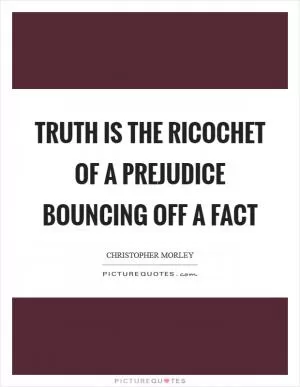


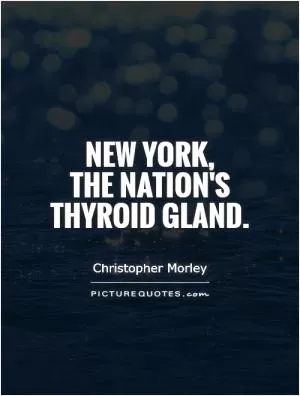
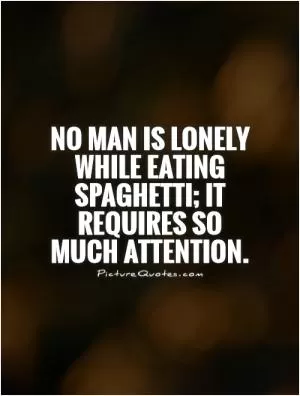


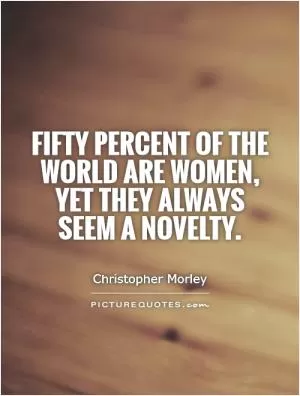
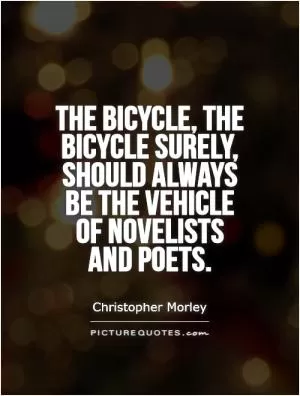

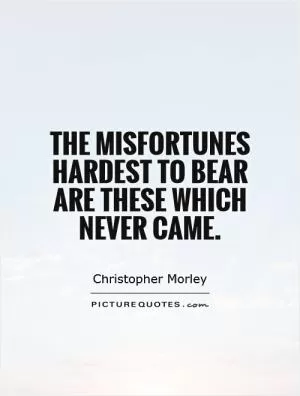

 Friendship Quotes
Friendship Quotes Love Quotes
Love Quotes Life Quotes
Life Quotes Funny Quotes
Funny Quotes Motivational Quotes
Motivational Quotes Inspirational Quotes
Inspirational Quotes